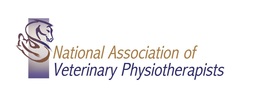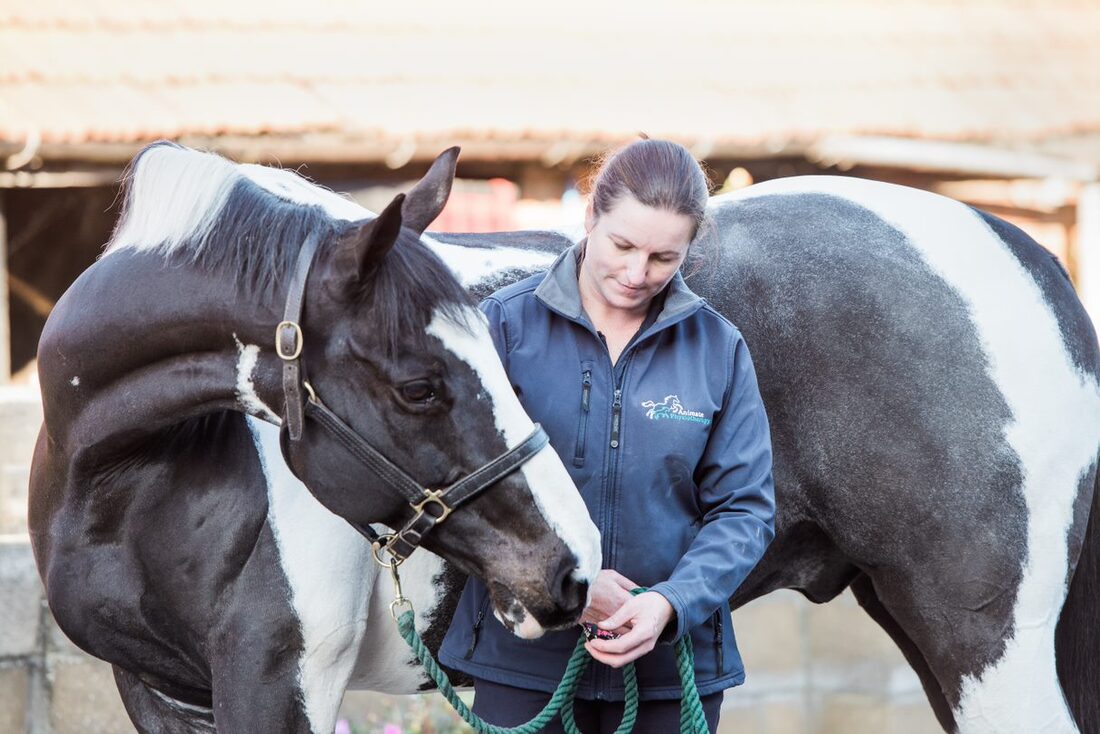|
Most equine injuries have some level of a preventable component. However, a lot of injury management focuses on establishing a cure rather than prevention. In order to do this successfully, a holistic 360 approach will need to be taken as keeping a horse sound and well involves much more than simply trying to avoid ridden injuries. Here we discuss further why we believe at NAVP that prevention is better than cure when it comes to equine care. Providing a safe environment for the horseEvery aspect of the horses' lives needs to be considered to provide a safe environment. One of the best things forms of equine care is to provide them with both stability and routine as much as possible. Horses by their very nature are classed as flight animals. They can be extremely quick to react and in some cases overreact in situations that cause them stress and make them feel like they are at risk. Sudden movements mean that muscles react without conscious thought which makes muscle damage more likely. Being in these scenarios automatically brings with it a danger that they could not only injury themselves but potentially harm others as well. Reduce StressProviding a routine not only helps the horse feel safe but has also been shown to significantly limit stress. The simplest observations can make a significant difference in reducing a horse’s stress levels, which has a great impact on equine care. For example, do you think your horse is happier in a stable that is close to other horses partitioned by bars? Or do they prefer space with a solid partition? Many smaller injuries can occur in the stable, yard, or field and can often go unnoticed. Over time, these seemingly small, harmless injuries can lay the foundations for poor performance and lead to more severe injuries in the long term. This is why veterinary physiotherapists take detailed case history notes when they see a patient. This allows them to identify the possible cause of the problem they are treating which you as the owner may not be aware of allowing them to create a proper equine care routine. When a minor injury is left untreated, it can develop into something more serious which can take months to become apparent to the owner. This shows how imperative it is for owners to become attuned with their horses and try and detect these smaller issues in time. Provide individualised careEvery person is unique and the same is the case for horses. Each horse can have unique preferences as to how they like to be managed daily. The carer of the horse must take the time to know how the horse reacts in different circumstances to find the best way of providing equine care. This will help ensure stress levels are kept to a minimum and therefore lower the likelihood of harmful behaviour. Injuries in the fieldA small slip in the field due to ground conditions or playing around is very common but can result in soft tissue damage. Most at risk in these cases are adductor and hamstring group muscles along with the lumbosacral joint area. Here are a few things owners or riders should consider:
Injuries in the stableFeedingWhen it comes to feeding, the safest and most natural way to feed a horse is from the floor with loose forage. When this isn't possible, hay nets are used and these can bring their own risks. Many owners are aware of this problem and opt for hay bars instead. Whilst any area can be affected, the most common in these situations are the digital muscles and limb joints, the adductor muscles, the gluteal and hamstring muscles- which become involved if the horse pulls back and exerts sudden strain on their hindquarters. Here are a few things owners or riders should consider:
Tying UpTying up is one of the areas owners have control over and a main area that the prevention is better than cure rule can be practically applied.
As veterinary physiotherapists, we see a lot of injuries and issues that are a direct result of pull-back trauma of some type. Whilst a lot of owners are aware of the damage that can be caused and does get their horse checked over, a neck injury can in fact take months to rehabilitate with the ramifications lasting potentially months if not years. Once a horse has pulled back and caused damage to the neck and atlantal-occipital joint, any small pressure in that area will tend to panic them and cause another pullback, worsening the problem. If the trauma occurs on a concrete standing and the horse cannot break free easily, it may exert a huge amount of pressure on the hindquarters with the possibility of slipping and causing serious damage to the hindquarters. Here are a few equine care tips owners and riders should consider:
We at NAVP truly believe that prevention is better than cure and hopefully this equine care article has highlighted some of the ways you can help prevent equine injuries from occurring in the future. Our role is to prevent minor injuries from becoming major injuries and by following the Prevention is better than cure rule, we can keep our horses safe.
1 Comment
|
AuthorNAVP Archives
June 2024
Categories
All
|
The Association |
Services |
|


 RSS Feed
RSS Feed